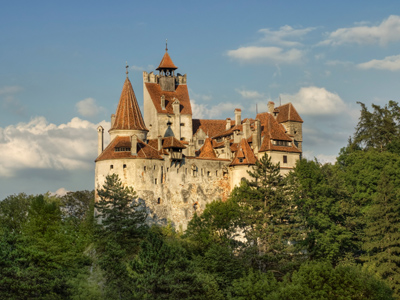
World War One Aftermath: 1920-1923 Treaties
This World History quiz is called 'World War One Aftermath: 1920-1923 Treaties' and it has been written by teachers to help you if you are studying the subject at senior high school. Playing educational quizzes is one of the most efficienct ways to learn if you are in the 11th or 12th grade - aged 16 to 18.
It costs only $12.50 per month to play this quiz and over 3,500 others that help you with your school work. You can subscribe on the page at Join Us
The 1919 Treaty of Versailles, which marked the end of World War One, was followed by four others between 1920-1923. This was because a separate treaty had to be signed with each of Germany's allies. One of those allies needed two treaties in the end, as they were successfully able to object to the first one - agreed in 1920.
Ready for more?
not all...
quizzers. Try to win a coveted spot on our Hall of Fame Page.







